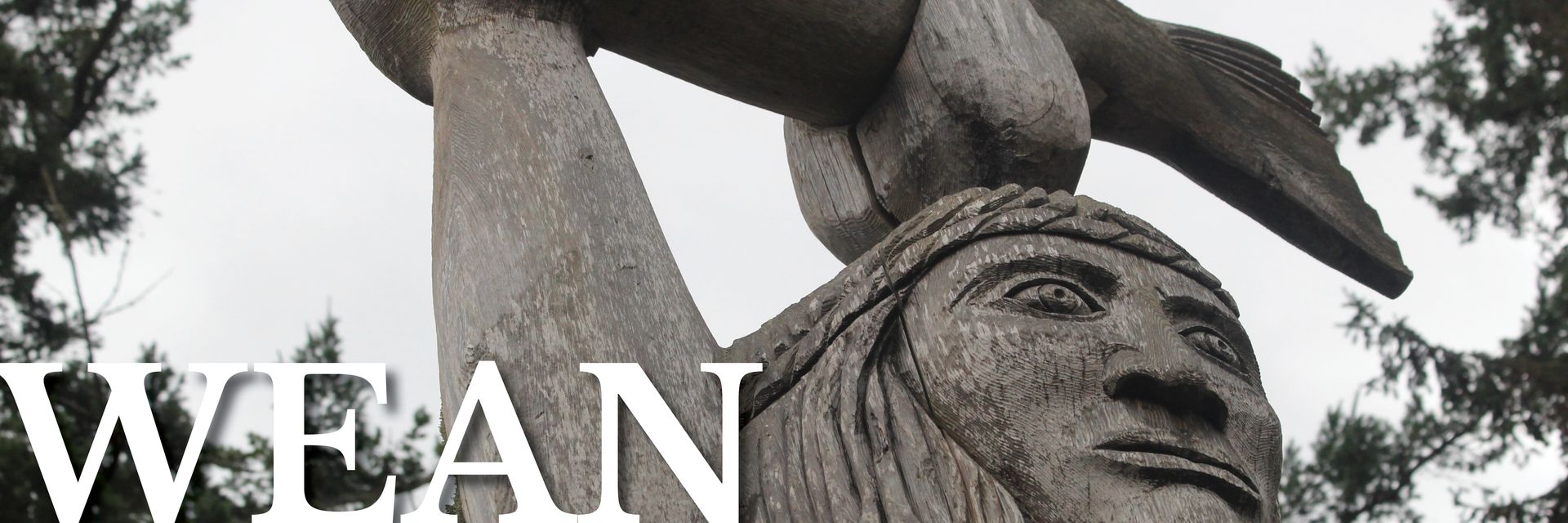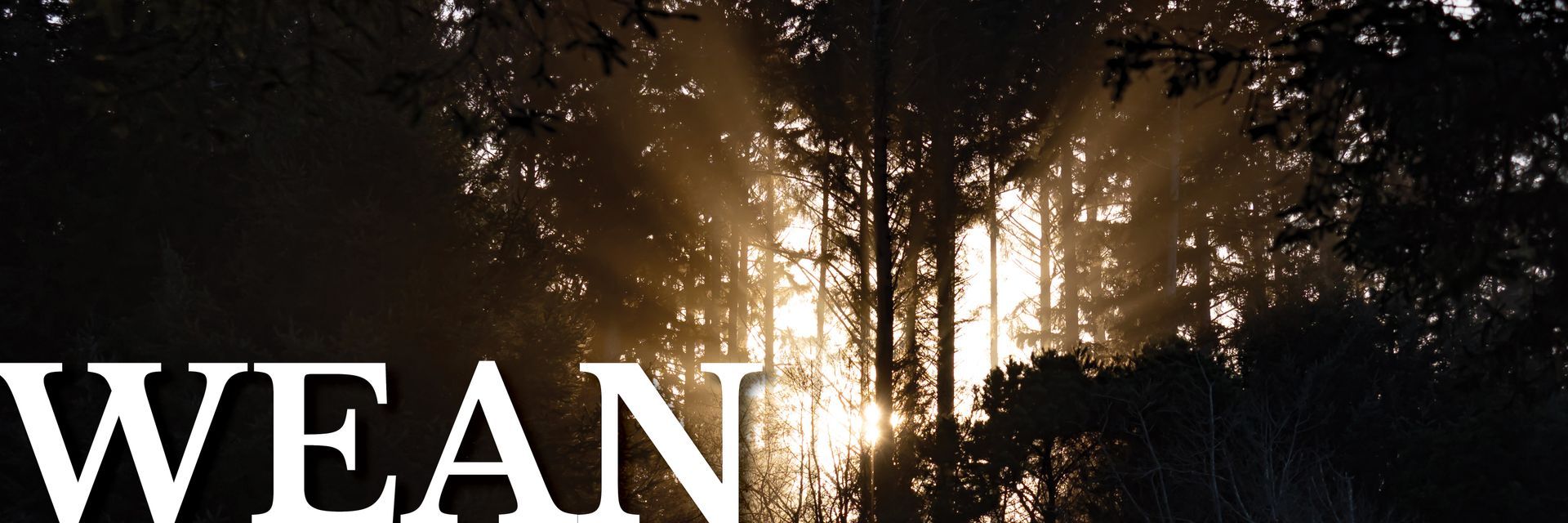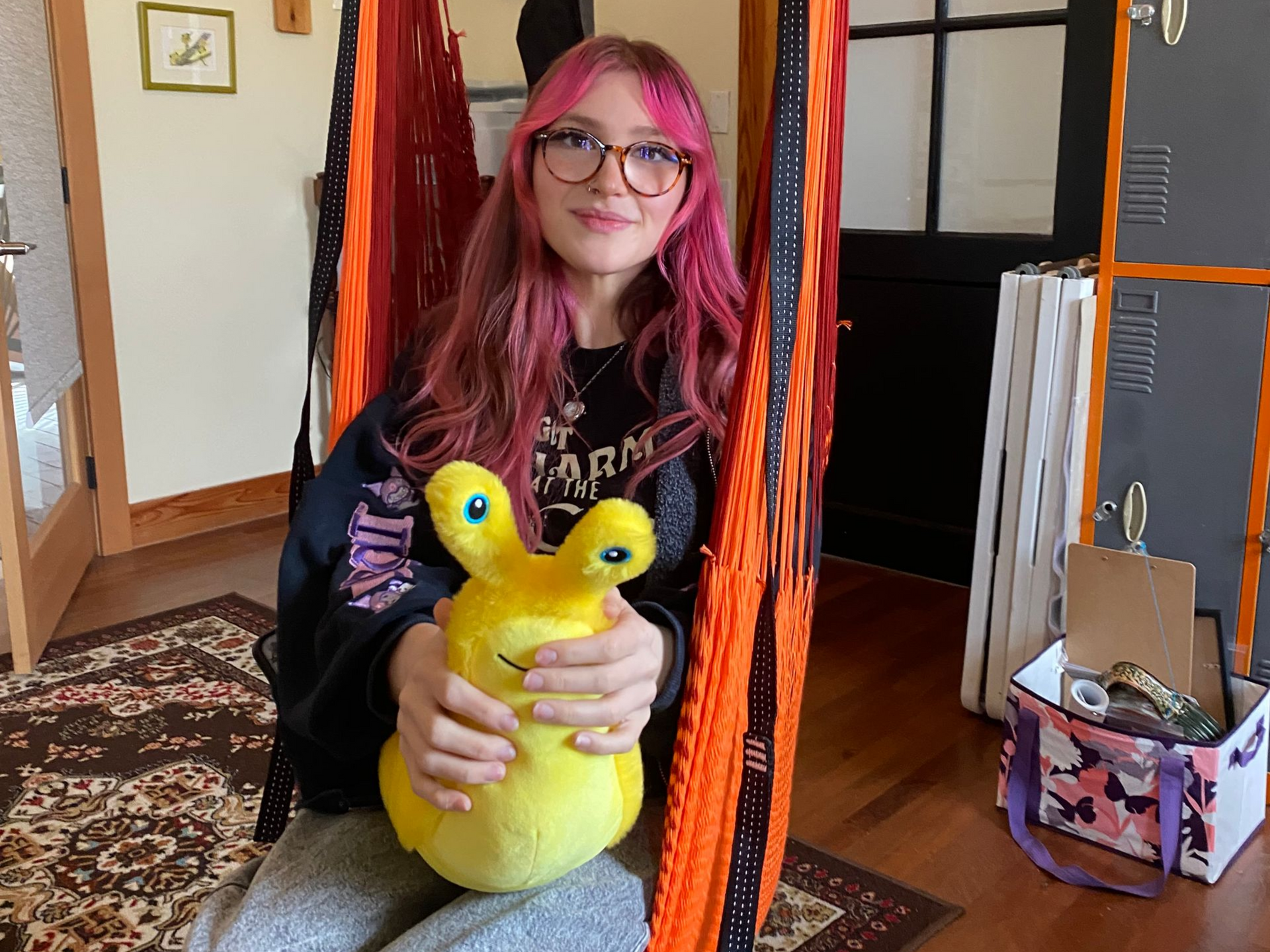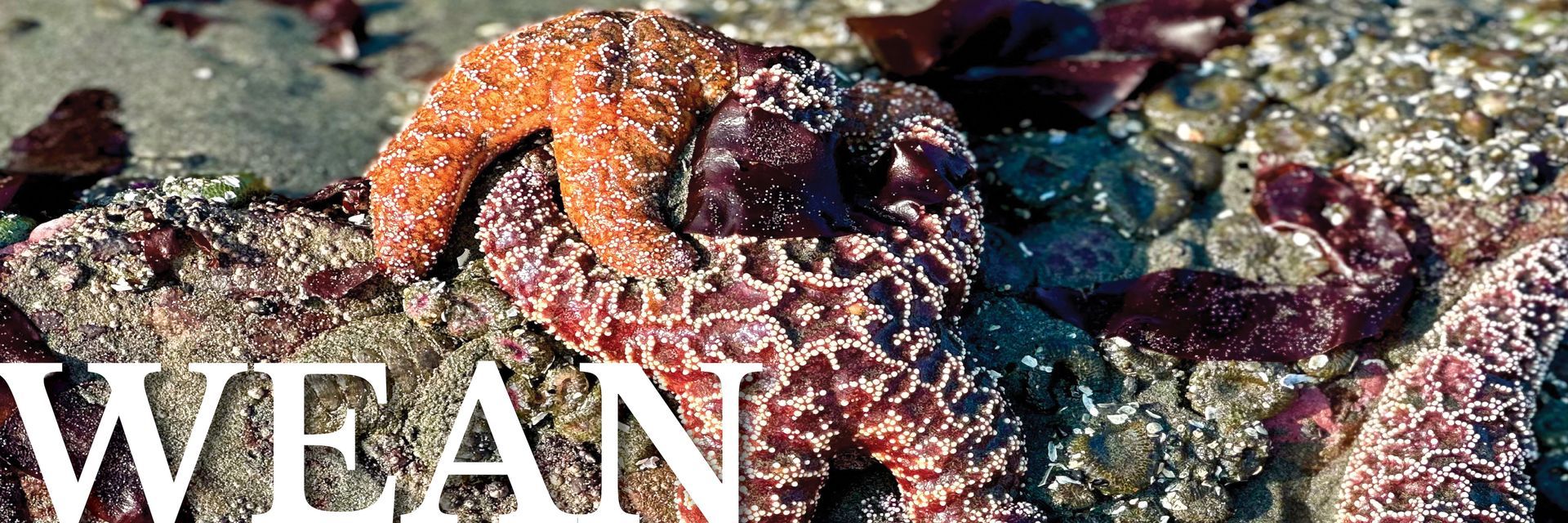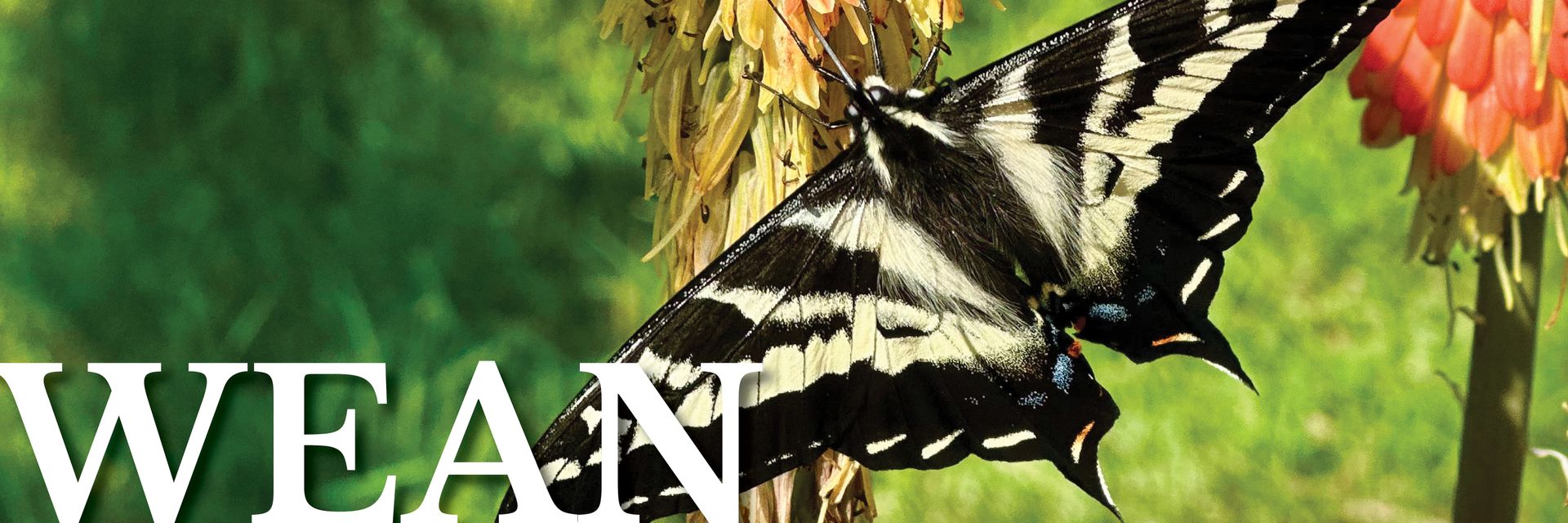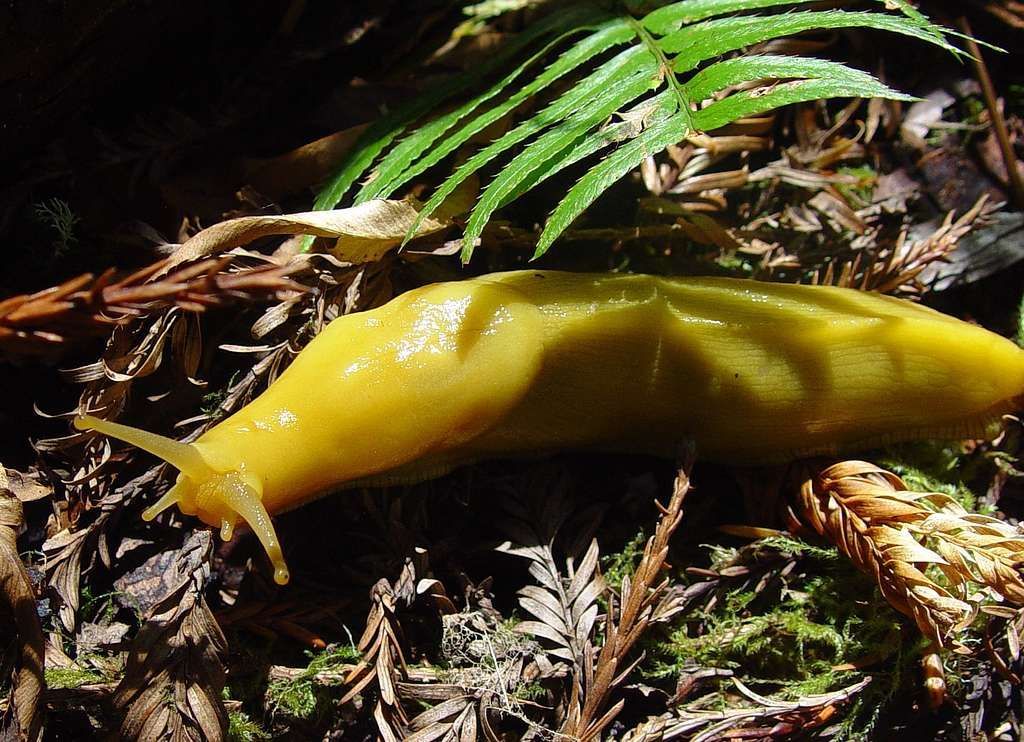A New Civic Voice
For Prairie Ecosystems
How Lana Rasmussen found her voice to speak for the prairies through WEAN's Finding Your Civic Voice workshop.
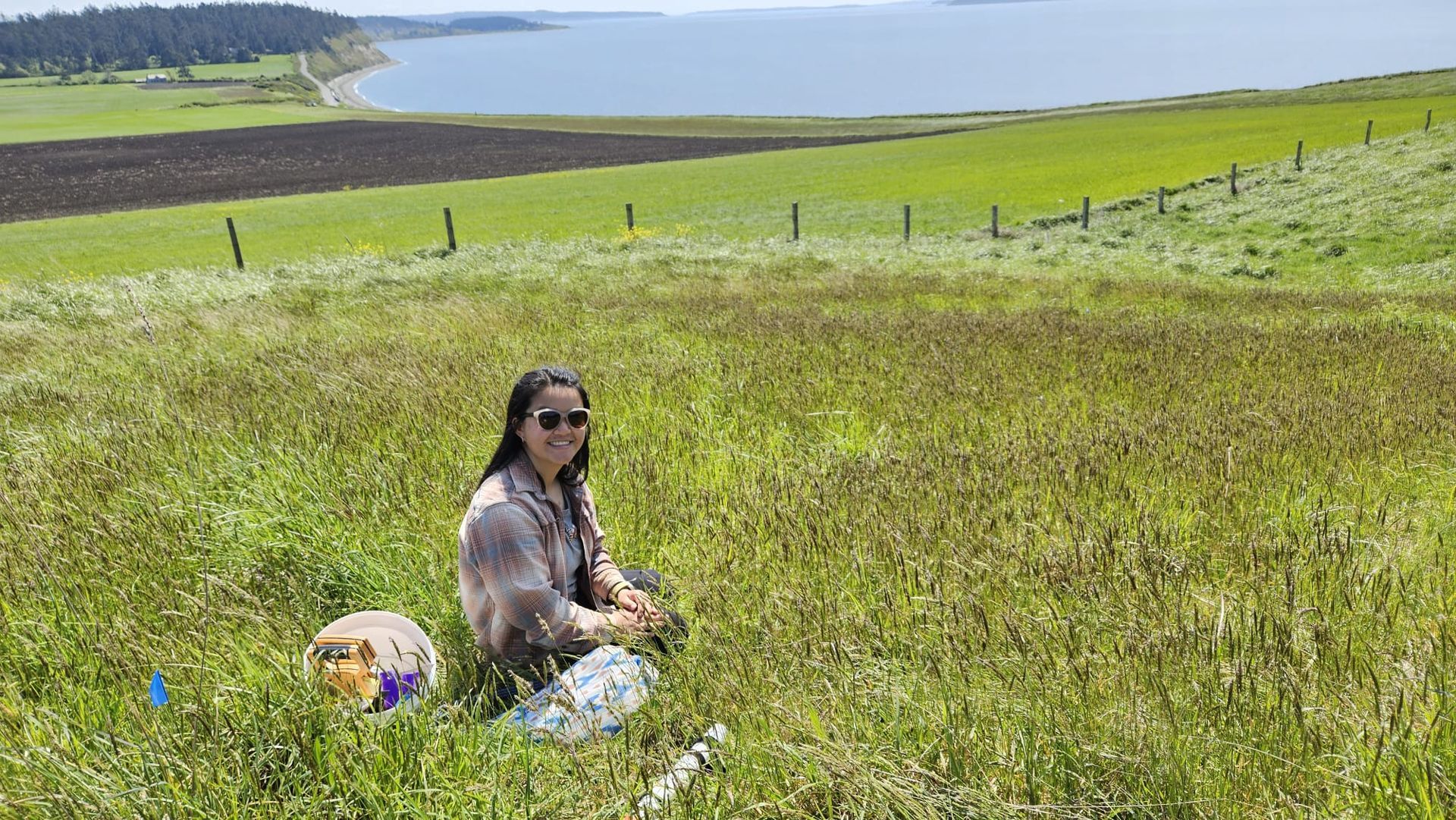
“This workshop taught me that I do have a voice and that my opinions and values for the environment matter.”
A quick interview with Pacific Rim Institute restoration technician Lana Rasmussen on why she took WEAN's Finding Your Civic Voice workshop, her first time giving public comment, and what she learned from the experience.
Bullis: What inspired you to take our Finding Your Civic Voice workshop?
Rasmussen: I was told about this workshop through my internship program [at Pacific Rim Institute] and at the time I didn’t know what a civic voice workshop would entail or what a public comment was. I was excited and curious about what this opportunity would lead to. So I signed up for this workshop to see what I could learn from it.
Bullis: What did the workshop teach you about yourself? What did the workshop teach you about environmental advocacy?
Rasmussen: This workshop taught me that I do have a voice and that my opinions and values for the environment matter. There are many ways in which you can advocate for the environment, and it taught me that public comment is one way I could do that.
Bullis: Why did you choose to write about prairie ecosystems?
Rasmussen: I chose to write about prairie ecosystems because I closely work with this type of ecosystem through my internship and now job. I never really was a plant or prairie person and by working at the Pacific Rim Institute I was able to find love and passion for prairie ecosystems.
Bullis: What was the hardest part about giving comments to the BOCC? Was anything easier than you thought it would be?
Rasmussen: The hardest part about commenting [to] the BOCC for me was the aspect of public speaking. That was something that I have always struggled with. Participating in the workshop and speaking to our small group helped [me] to understand what I needed to improve on in terms of my skills for public speaking, and therefore helped make it easier to do it in person.
Bullis: Why do you think it’s important to be involved in local government?
Rasmussen: I think it’s important to be involved in local government because [it is] the closest thing you can get to help create a change within your community at a smaller scale and maybe help to create a change at a larger scale
Bullis: Any encouraging words for people who want to get involved in advocacy but might be afraid to speak up?
Rasmussen: I didn’t think I had a voice in environmental matters, but being able to take the Finding Your Civic Voice workshop helped me to understand that our voices do matter. Being able to speak with the commissioners and tell them about what I had advocated for helped them to see issues in a different perspective and light. That made me feel good about my comment because it felt like I was heard and seen and they wanted to help create that change.
Bullis: How will you continue your advocacy for prairie ecosystems in Island County?
Rasmussen: One of my main ways of advocating for ecosystems is by working in these types of ecosystems because they are so rare and becoming rare, especially in Island County.
Lana's public comment, as presented to the Island County BOCC on April 8, 2025
Hi, I’m Lana Rasmussen. I live in Coupeville.
I am a recent undergrad with a bachelor's in environmental science and am currently an intern at the Pacific Rim Institute for Environmental Stewardship. I am here today to advocate for prairies in the PBRS reform and their importance for a more sustainable future.
What is a prairie ecosystem and what are its functions? These are some of the questions that I found difficult to answer myself working as a prairie restoration intern. Grasslands have been one of the most threatened ecosystems. Less than 10% of prairies in Washington remain now, and an even smaller percentage of those are dominated by native plant species.
In my research, I have found that prairies offer several direct and indirect benefits for climate resilience. These benefits include biodiversity, pollinator habitats, soil enrichment, and food security. Biodiversity is essential for maintaining balance and resilience in the face of climate change. Pollinators represent a key advantage of prairies, as they contribute to biodiversity by promoting genetic diversity among plant species. Additionally, they indirectly support food security by pollinating agricultural lands, which is necessary for plants to produce fruits and vegetables.
The work I do at PRI has contributed to mitigating some of the negative impacts on declining prairie ecosystems, which in turn benefits the surrounding areas. One of our success stories involves the golden paintbrush plant species, which was previously listed as threatened on the endangered species list. Through our efforts in cultivating golden paintbrush seeds at PRI, we increased the number of plants in the field from only a few hundred to over 20,000 by 2019. As a result of these actions, we were able to delist the golden paintbrush in 2023.
You may be wondering how this relates to you. Prairies are not receiving the attention they deserve. Grasslands have very little federal or international conservation protection compared to the significant loss of their habitat. I recently learned that Island County has a program called the Public Benefit Rating System, which encourages private landowners to preserve open spaces. However, this program mainly focuses on a few ecosystems and includes minimal representation of prairie ecosystems.
Given the reasons why prairies are important, I urge Island County to reconsider the Public Benefit Rating System to better include prairie ecosystems. Prairies cannot be contained within a perfect square; therefore, it is essential to collaborate with private landowners to maintain these vital areas. By making this change, we can better recognize and benefit from the advantages that prairie ecosystems provide, helping sustain us for the future.
Thank you for your time.
Watch Lana and Dulcie give public comment at the Island County Board of Commissioner's meeting on April 8, 2025.
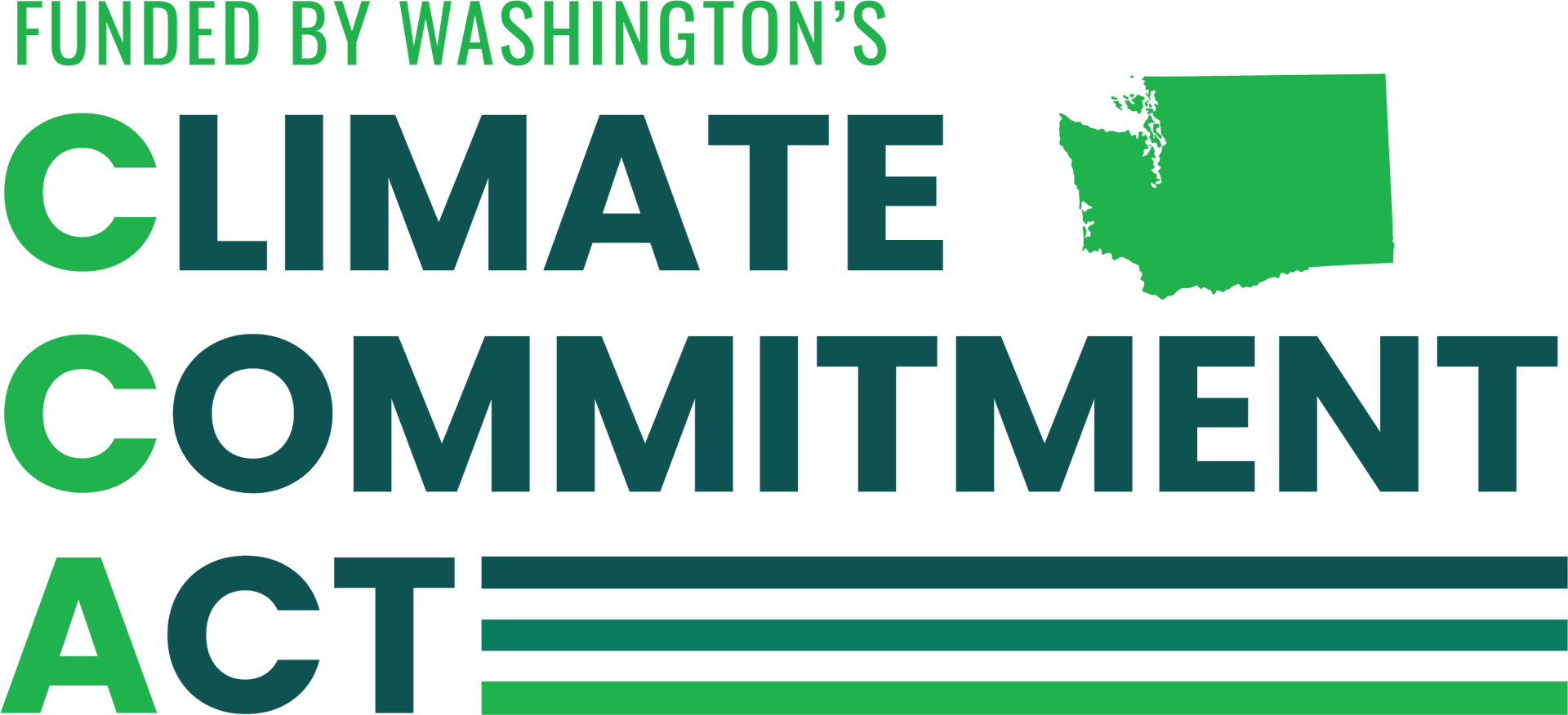
The first three sessions of Finding Your Civic Voice was supported with funding from Washington’s Climate Commitment Act. The CCA supports Washington’s climate action efforts by putting cap-and-invest dollars to work reducing climate pollution, creating jobs, and improving public health. Information about the CCA is available at www.climate.wa.gov.

